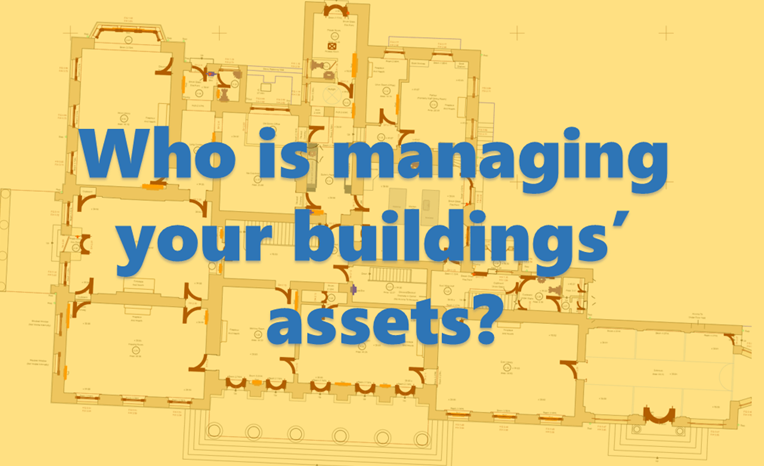Life just gets more complicated!
Buildings and offices need constant monitoring to ensure tenants or the staff of owner-occupied premises remain secure, and systems and equipment are functioning correctly. But things do go wrong, from a leak in an air conditioning system to a compliance issue and even malicious damage. So, what’s the best way to manage building and estate assets?
So, perhaps a text message advising you of a problem would be pretty helpful – right?
Well, yes and no.
Managing buildings is often complex
So, to fully understand what’s gone wrong and what to do about it, as well as understanding the potential need for future capital or renovation work based on asset deterioration rates information is crucial. It’s something the facilities manager or owner needs to know and understand.
A text alert is helpful as a starter, but it’s not enough.


The illustrations above provide a graphical view of the building’s layout and where assets and issues are located. And in turn this provides:
- At-a-glance understanding of the building’s layout and where issues are occurring.
- Easy identification of clusters of issues in particular spaces potentially highlighting an underlying problem
- A comparative view of the current situation and the occurrence or cost of issues over time by room or even at asset level
This information is available on any mobile platform in seconds.
The value of dashboard analytics in FM and premises management
Dashboard analytics are then useful for showing historical trends and drilling down into data – slicing and dicing it to understand where issues and opportunities lie. They complement our visual acuity by providing relevant analytical intelligence. We can begin to answer questions such as:
- Are some assets subject to repeated failures costing us more to maintain than expected?
- What types of skill sets do we need?
- What staffing levels are required based on desired maintenance standards or targeted service levels?
- What should our budget allocations look like?
And analysing historical data also enables us to forecast into the future. It means we can then move towards a proactive approach to managing buildings and estates.


So, the next time something goes wrong on your watch, or you’re assessing the future needs of your building and assets, either for your own use or as a way of communicating information to senior management, governors or trustees consider how best to convey your message.
Afterall, a picture speaks a 1,000 words. And you’ll look good too.
Discover how our software can help you

